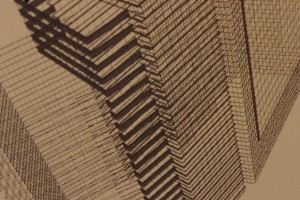
If you thought the building code is continually changing, you would be right. Every three years, the International Code Council publishes an updated family of model codes. Every three years, Virginia spends about 18 months reviewing it.
The reviews and approval of the alterations, deletions, and additions are still under way. The latest date for implementation of the new Virginia Uniform Statewide Building Code still looks like the fall of 2014. And then, traditionally, Virginia allows a one-year grace period for projects already in design to continue under the old code.
Prior to implementation, however, several hurdles still need to be cleared. These include publication, public hearings, approvals by the Housing and Community Development Board, the attorney general, the secretary of commerce and trade, the governor’s office, the codes commission and then a final publication.
Anyone considering taking advantage of the grace period should confer with the local building official first. By the same token, those who wish to incorporate portions the future code also should confer with the local building official for a variance.
The latest information can be found at the DHCD website: http://www.dhcd.virginia.gov/index.php/va-building-codes/building-and-fire-codes/code-change-process.html.




